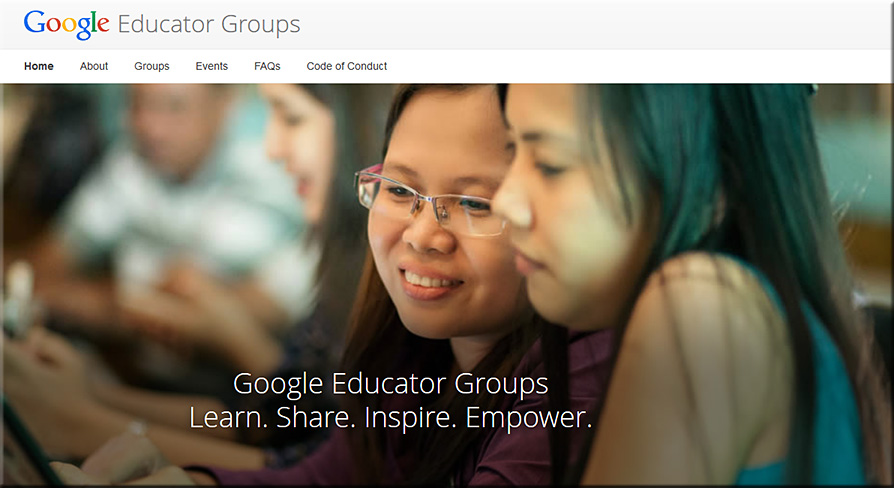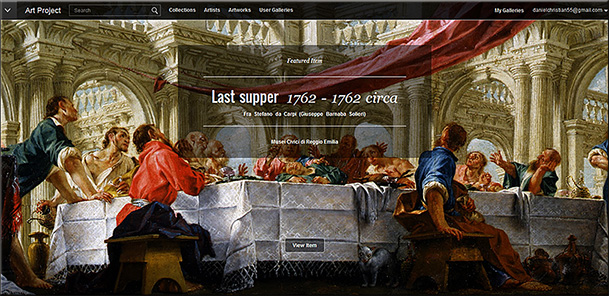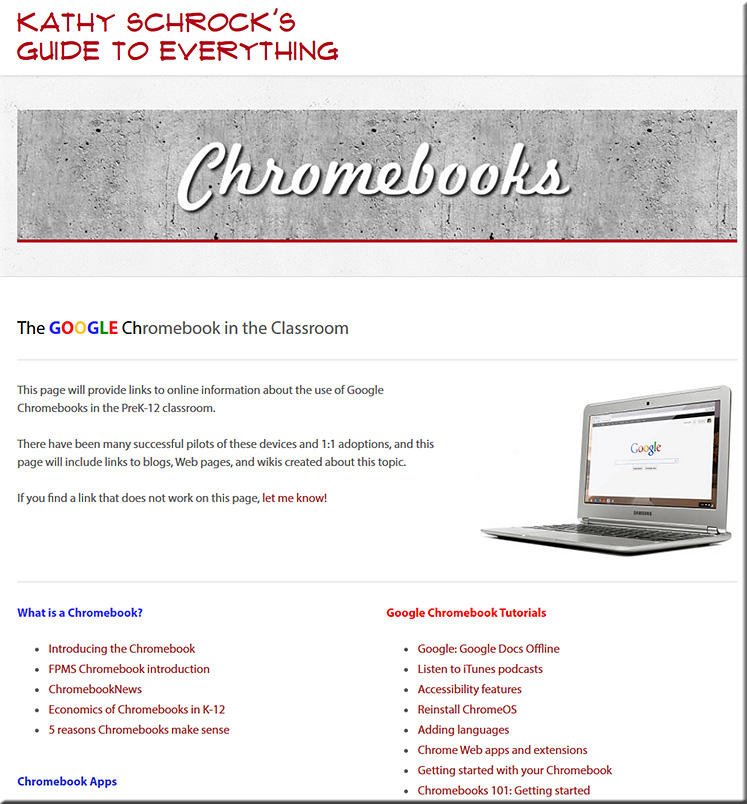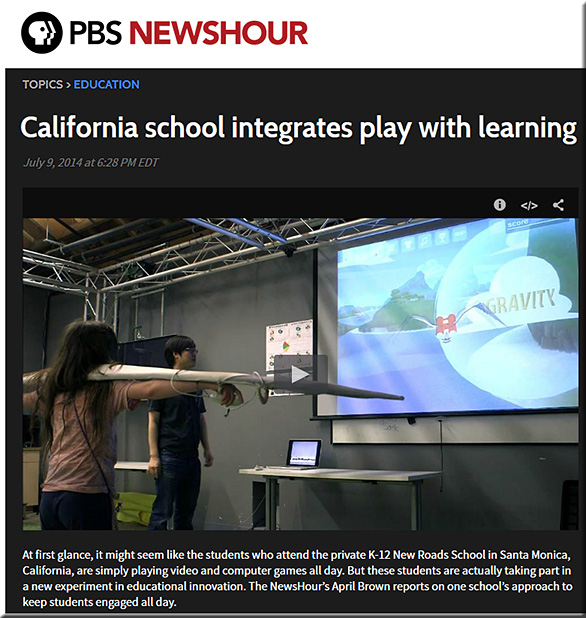
California school integrates play with learning — from pbs.org
Excerpts:
STUDENT: I really like school now. Like, I’m actually psyched to come.
STUDENT: It just makes me feel good.
STUDENT: I wake up every morning and I’m just like, yes.
APRIL BROWN: These students have been taking part in a new experiment in educational innovation known as the PlayMaker School. PlayMaker is, thus far, only for sixth graders who attend the private K-12 New Roads school in Santa Monica, California. You won’t find desks, seating charts or even a normal grading system in their classroom.
…
APRIL BROWN: And, if nothing else, they have figured out how to make kids like Isaac Prevatt look forward to school.
ISAAC PREVATT, Student: At my old school, I dreaded it every single day. I really just didn’t like it. You know, I would fake stomach aches. I have not faked any sicknesses this year.
From DSC:
Tony Wagner’s recent keynote mentions the importance of play, passion, and purpose in education. There’s engagement here. There’s focus here. There might even be a love of learning here — but at least a liking to learn and a stronger sense of actually enjoying learning about something.
I have it that we need to create learning environments and pedagogies that cultivate situations whereby students at least like to learn.
Why?
Because most of us are now required to be lifelong learners in order to remain marketable. (I could also address the love of learning for its own sake, as there’s huge value just in that as well.)
If a student drops out of high school or if they make it through college but end up hating school, those negative experiences that they associate with learning may prove to be obstacles to overcome for them. They may not want to go back to a learning environment again. They may have a “bad taste in their mouth” about education/learning. Becoming a lifelong learner may sound more like a prison sentence to them.
So I celebrate the above approach and experimentation with pedagogy. Hearing the excitement in the students’ voices and words is simply excellent. (I wonder if we’re hearing that sort of excitement from them taking all of these standardized tests…?)
I could also relate to the part of the video where one of the teachers said that the students were very uncomfortable with this type of learning environment — that they just wanted to be told what to do. Where’s my test?! I just want to be told what to do and to take tests.
Many of our students may not like open/unanswered questions or “less structured” activities and learning environments. But such experimentation could easily help them with their creativity and with developing more innovative thinking. The work world won’t always tell them each step to take on something; the “tests” will be found in how they can problem solve and if they can think critically, innovatively.
With thanks to Jim Lerman for his Scoop on this.
.
Also see:
.
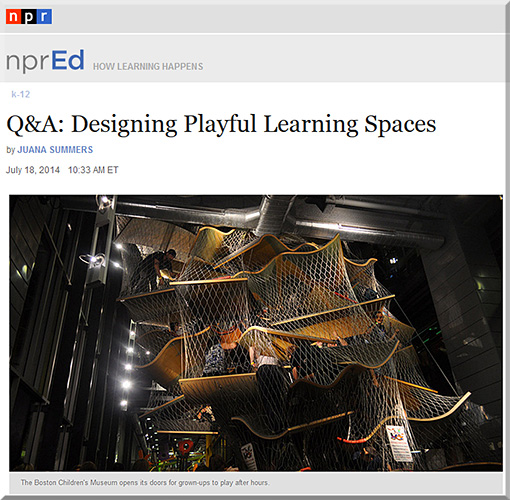









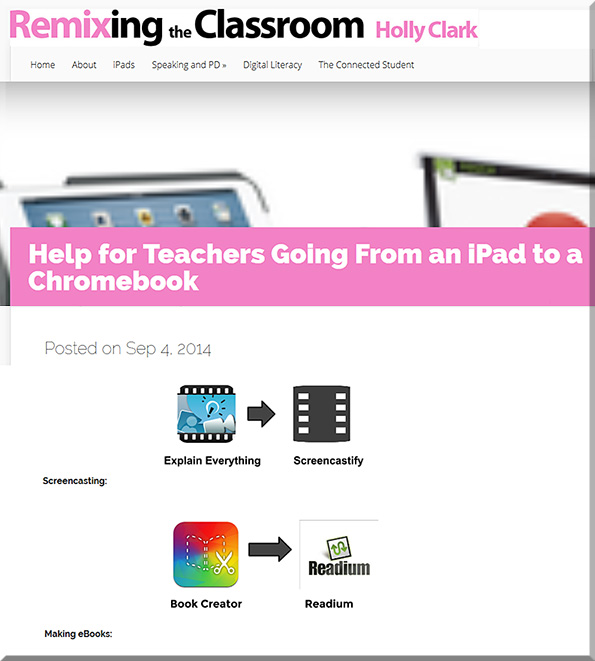

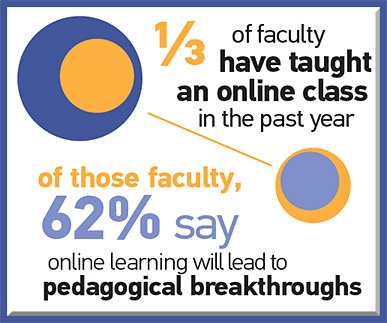
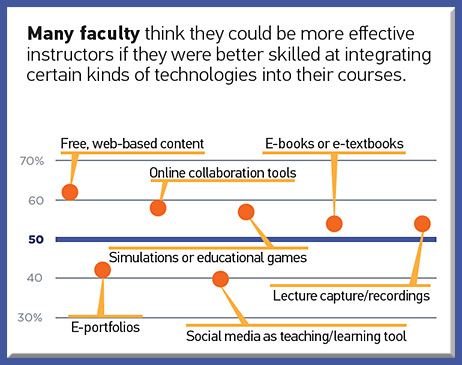
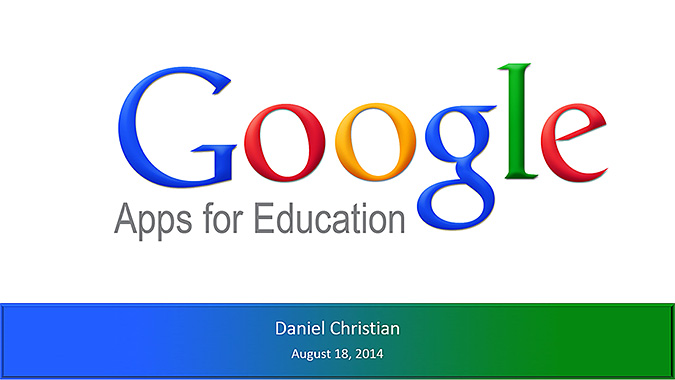
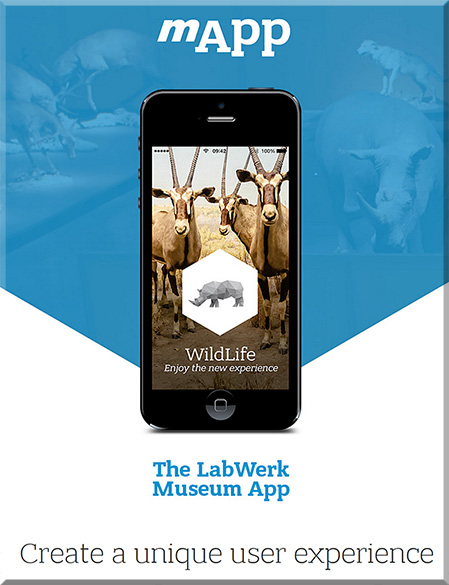
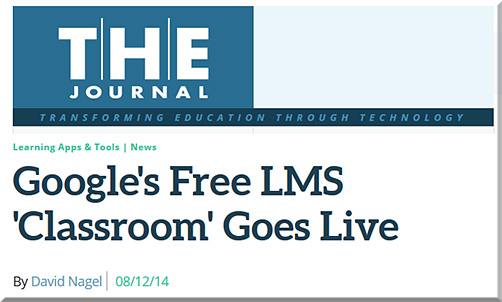
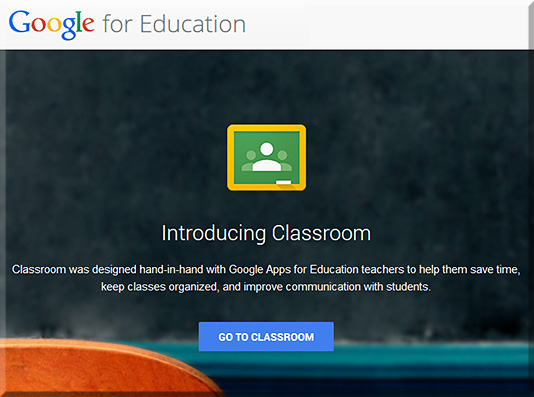



![The Living [Class] Room -- by Daniel Christian -- July 2012 -- a second device used in conjunction with a Smart/Connected TV](http://danielschristian.com/learning-ecosystems/wp-content/uploads/2012/07/The-Living-Class-Room-Daniel-S-Christian-July-2012.jpg)


